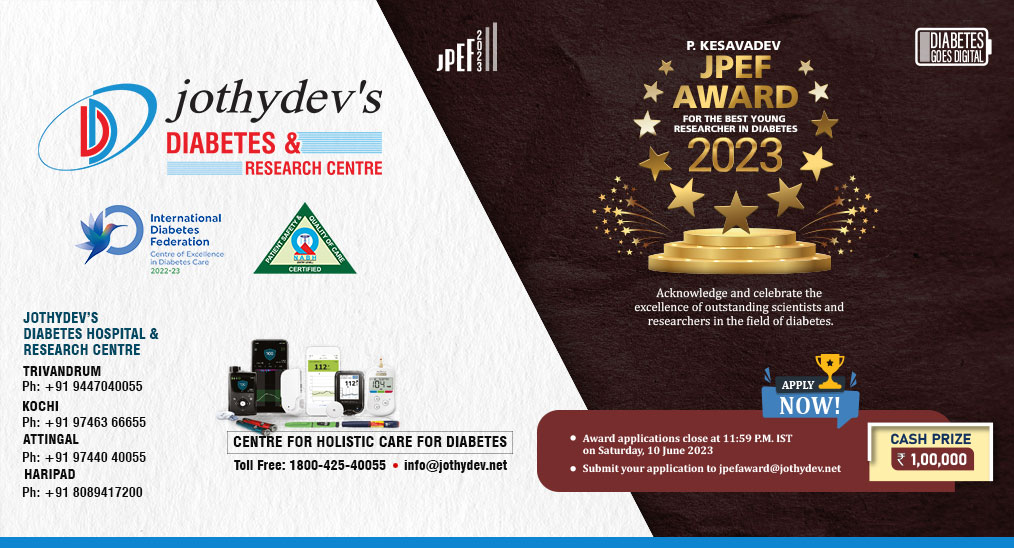1. T2D genetic risk aligns strongly with the risk of prediabetes, undiagnosed diabetes, & future T2D

Type 2 diabetes, a growing health concern worldwide, is typically screened based on conventional risk factors such as family history and body mass index (BMI). However, recent research has shed light on the significant role of genetics in influencing an individual's risk for the disease, a factor that has been largely overlooked. Understanding the interplay between genetic predisposition and conventional risk factors is critical for effective screening strategies.
A groundbreaking study conducted by Liu et al. from the Oxford University sought to explore whether genetic risk of type 2 diabetes modifies the associations between BMI, family history of diabetes, and the presence of prediabetes or undiagnosed diabetes, as well as the development of confirmed type 2 diabetes. The study included 431,658 individuals aged 40 to 69 years from diverse ethnic backgrounds, enrolled in the UK Biobank, and utilized a multiethnic polygenic risk score for type 2 diabetes (PRST2D) for evaluation.
At baseline, a staggering 43,472 participants were found to have prediabetes or undiagnosed diabetes, and 17,259 individuals developed type 2 diabetes over a 15-year follow-up period. Notably, those in the highest quintile of PRST2D with a normal BMI were found to be at a similar risk as those in the middle quintile who were overweight. Participants with a family history of diabetes in the highest quintile of PRST2D had a comparable risk to those without a family history but in the middle category of PRST2D.
These findings, published in the 'Journal of Endocrinology', highlight that genetic risk of type 2 diabetes remains a strong determinant of prediabetes, undiagnosed diabetes, and future development of type 2 diabetes, even within categories of non-genetic risk factors. This underscores the importance of considering an individual's genetic predisposition in addition to conventional risk factors when screening for type 2 diabetes, undiagnosed diabetes and prediabetes. Such insights could have far-reaching implications for the identification of individuals at risk of type 2 diabetes, leading to more effective prevention and early diagnosis programs.
For enquiries info@jothydev.net.
Please visit: jothydev.net | research.jothydev.com | diabscreenkerala.net | jothydev.com/newsletter




